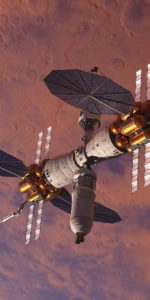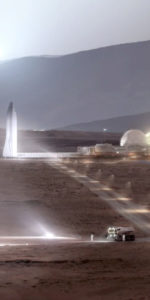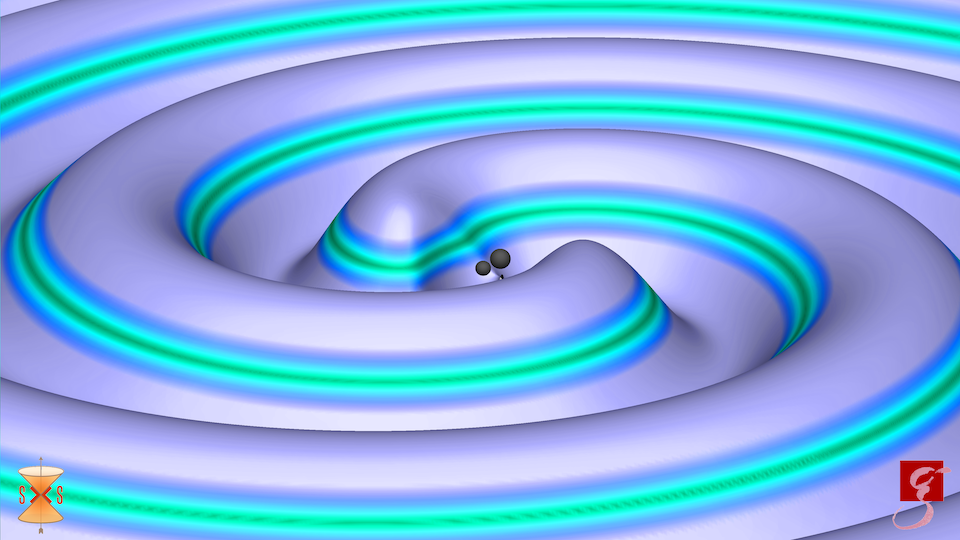
Gravitational waves, basically ripples in space and time, have been sought after by astronomers for decades and were finally detected for the first time just over a year and a half ago. Those first observations were made by the National Science Foundation’s (NSF) Laser Interferometer Gravitational-Wave Observatory (LIGO) detector. Two more detections were made since then, and now a fourth detection of gravitational waves has been announced this week. What makes this latest detection even more exciting however is that for the first time, it was done with three different detectors at once, not just one.
The new detections were made by two LIGO detectors in Livingston, Louisiana and Hanford, Washington, as well as the Virgo detector near Pisa, Italy. The observation occurred at 10:30:43 UTC on Aug. 14, 2017.
“Little more than a year and a half ago, NSF announced that its Laser Gravitational-Wave Observatory had made the first-ever detection of gravitational waves resulting from the collision of two black holes in a galaxy a billion light-years away,” said France Córdova, NSF director. “Today, we are delighted to announce the first discovery made in partnership between the Virgo Gravitational-Wave Observatory and the LIGO Scientific Collaboration, the first time a gravitational-wave detection was observed by these observatories, located thousands of miles apart. This is an exciting milestone in the growing international scientific effort to unlock the extraordinary mysteries of our Universe.”
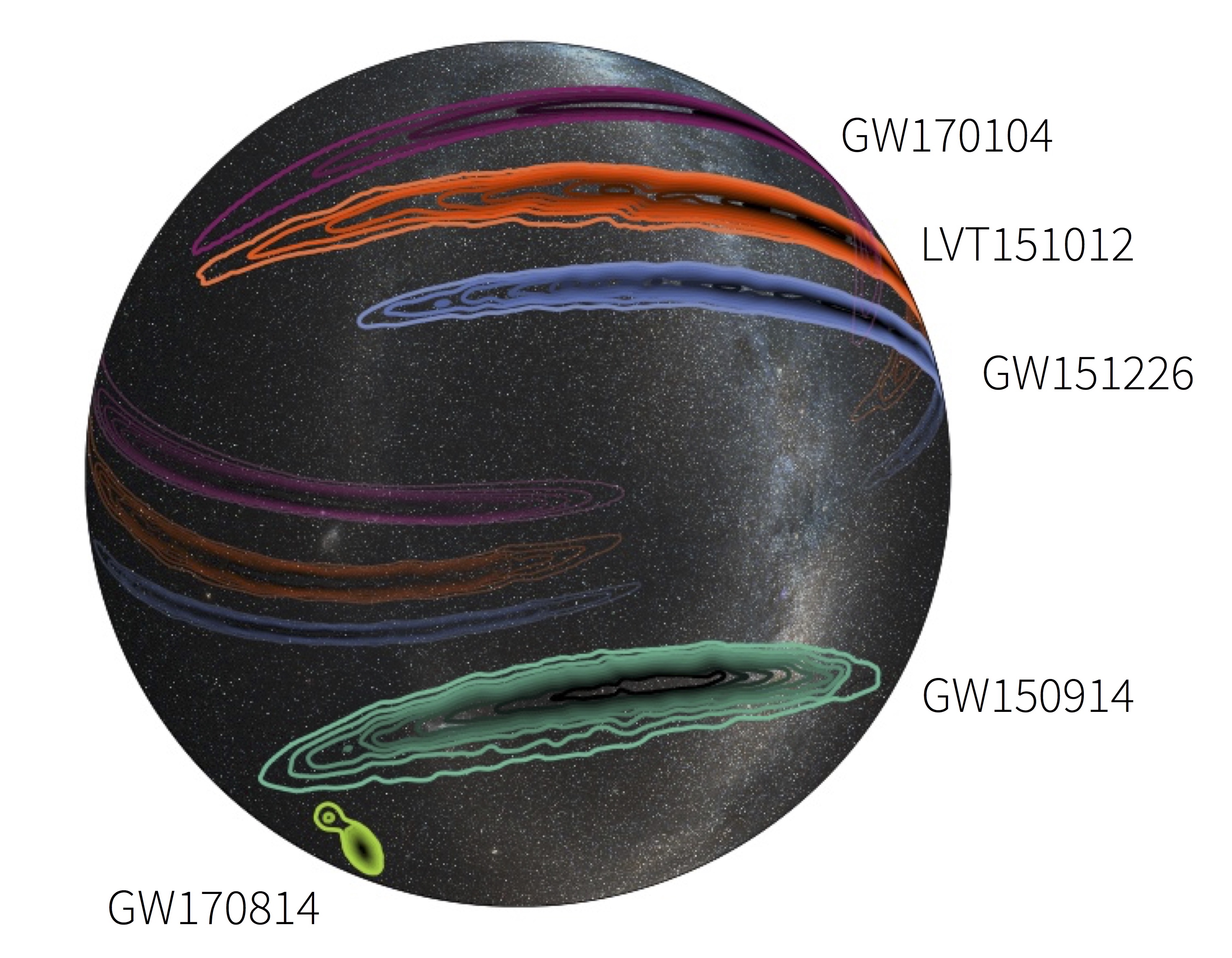
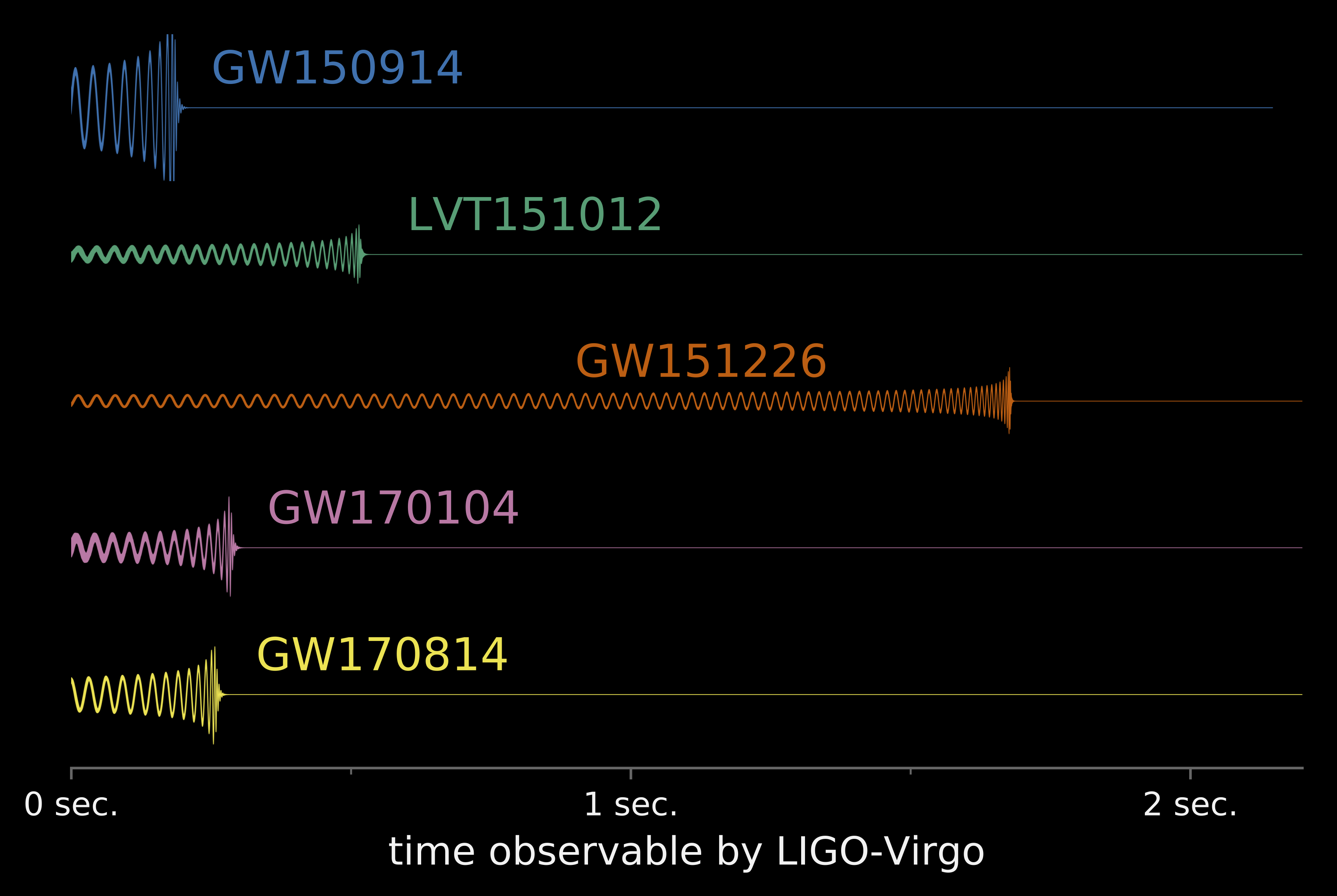
“It is wonderful to see a first gravitational-wave signal in our brand new Advanced Virgo detector only two weeks after it officially started taking data,” added Jo van den Brand of Nikhef and VU University Amsterdam, spokesperson of the Virgo collaboration. “That’s a great reward after all the work done in the Advanced Virgo project to upgrade the instrument over the past six years.”
The observed gravitational waves were the result of two black holes merging, about 1.8 billion light-years away. The black holes had masses of 25 and 31 times that of the Sun. After the merger, the resulting larger black hole had a mass of a whopping 53 times that of the Sun. This event has been named GW170814 for reference.
More observations are planned for the near future with both LIGO and Virgo together.
“This is just the beginning of observations with the network enabled by Virgo and LIGO working together,” said David Shoemaker of MIT, LSC spokesperson. “With the next observing run planned for Fall 2018 we can expect such detections weekly or even more often.”
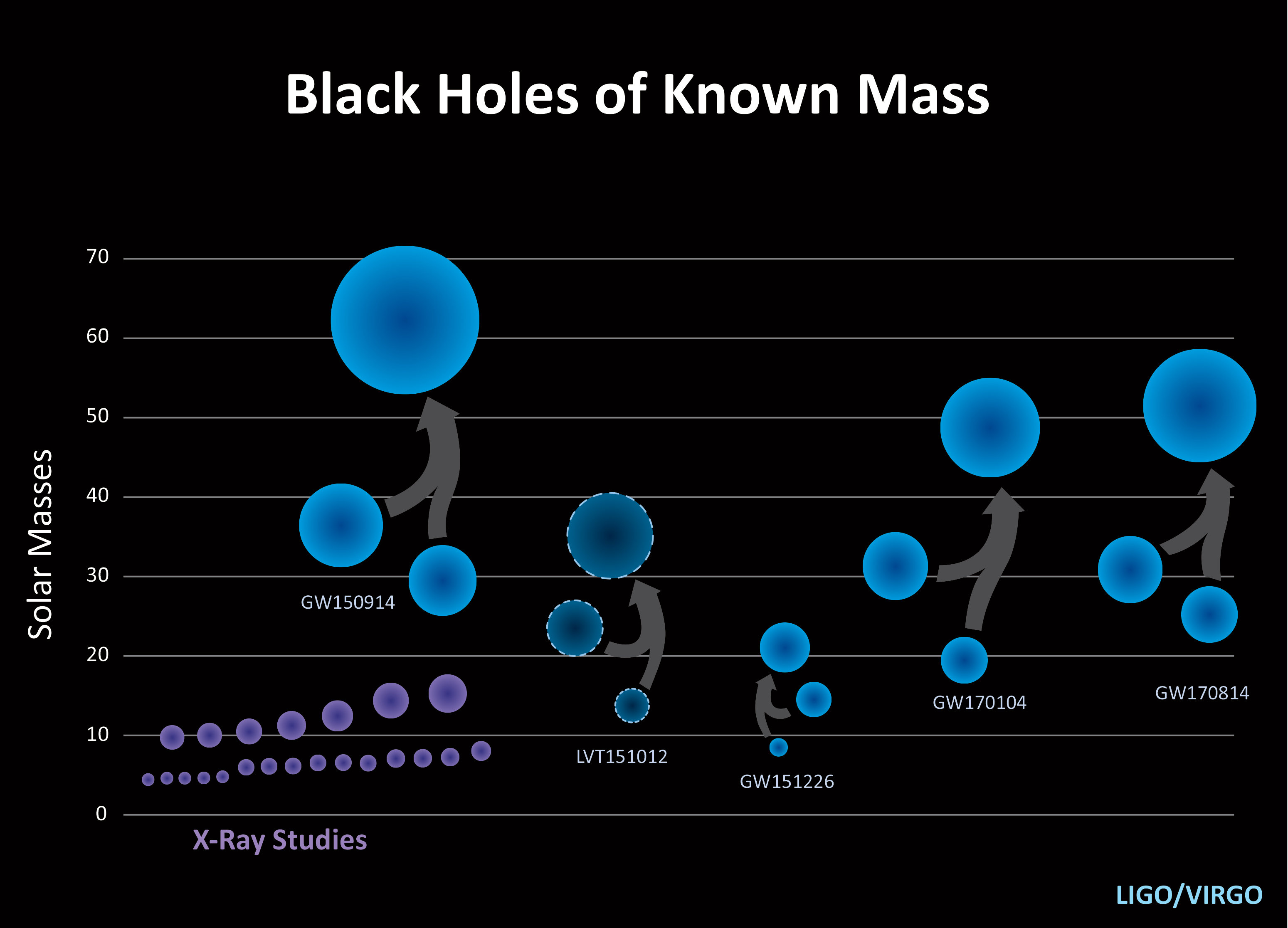
“With this first joint detection by the Advanced LIGO and Virgo detectors, we have taken one step further into the gravitational-wave cosmos,” noted Caltech’s David H. Reitze, the executive director of the LIGO Laboratory. “Virgo brings a powerful new capability to detect and better locate gravitational-wave sources, one that will undoubtedly lead to exciting and unanticipated results in the future.”
Gravitational waves were first described in Einstein’s theory of general relativity just over 100 years ago.
“As far as we can tell, Einstein is still right,” noted B.S. Sathyaprakash, Elsbach Professor of Physics and professor of astronomy and astrophysics at Penn State.
The new research paper has been accepted for the journal Physical Review Letters.
Be sure to “LIKE” AmericaSpace on Facebook and follow us on Instagram & Twitter!
SaveSave
SaveSave




